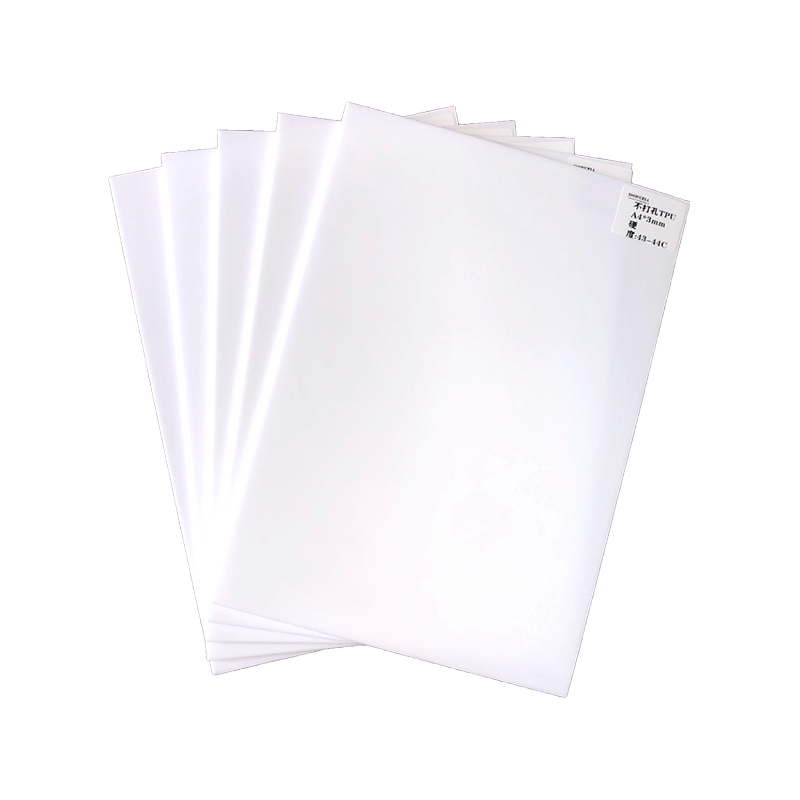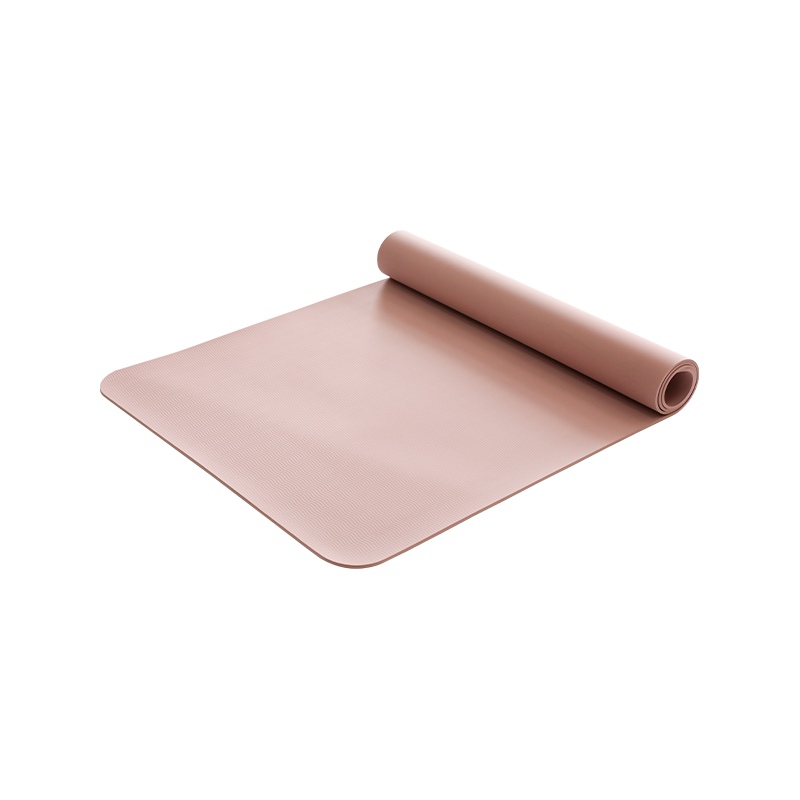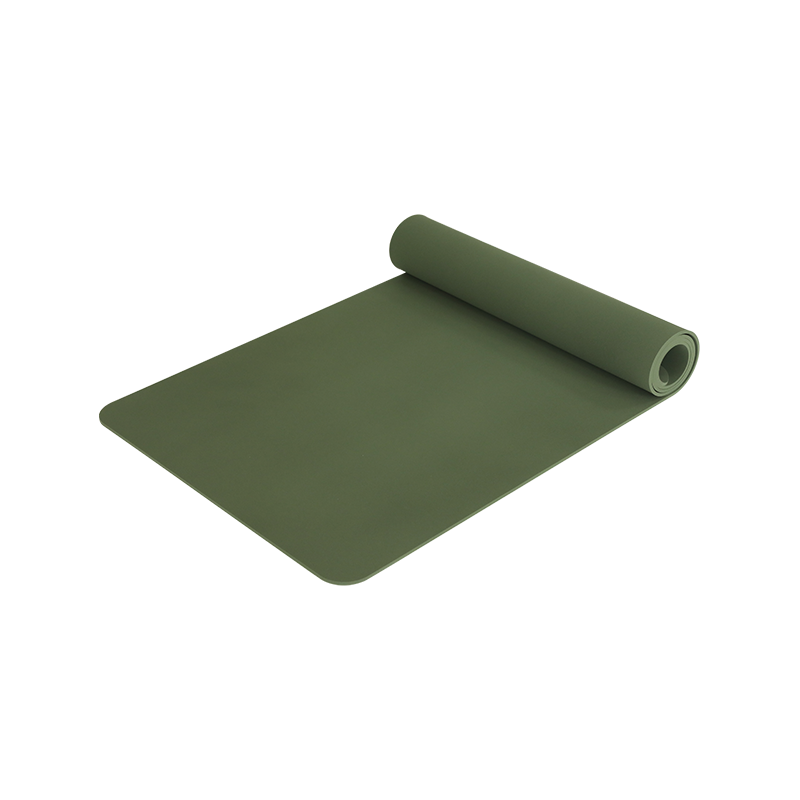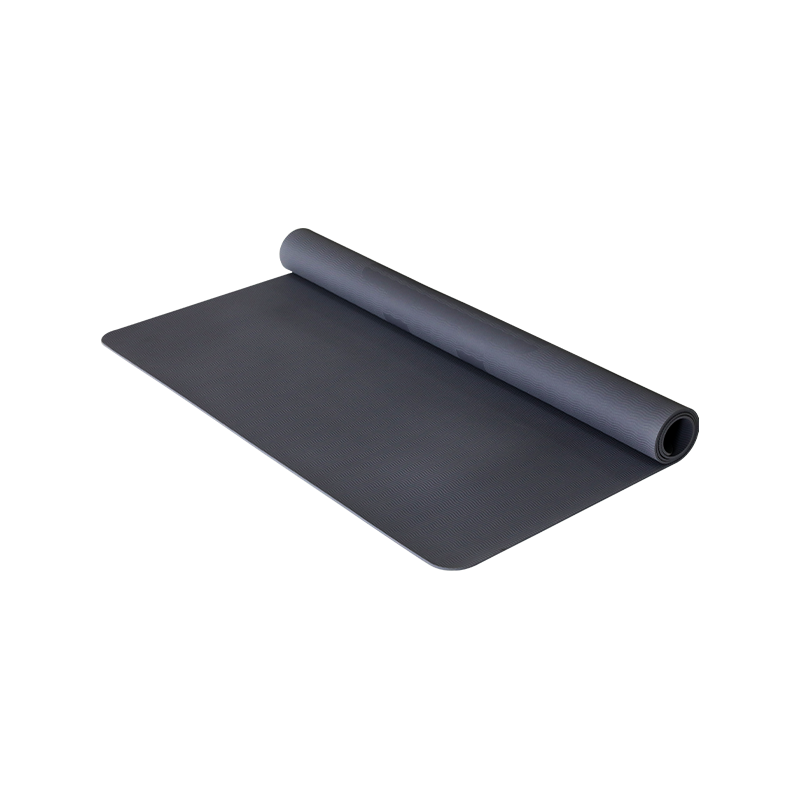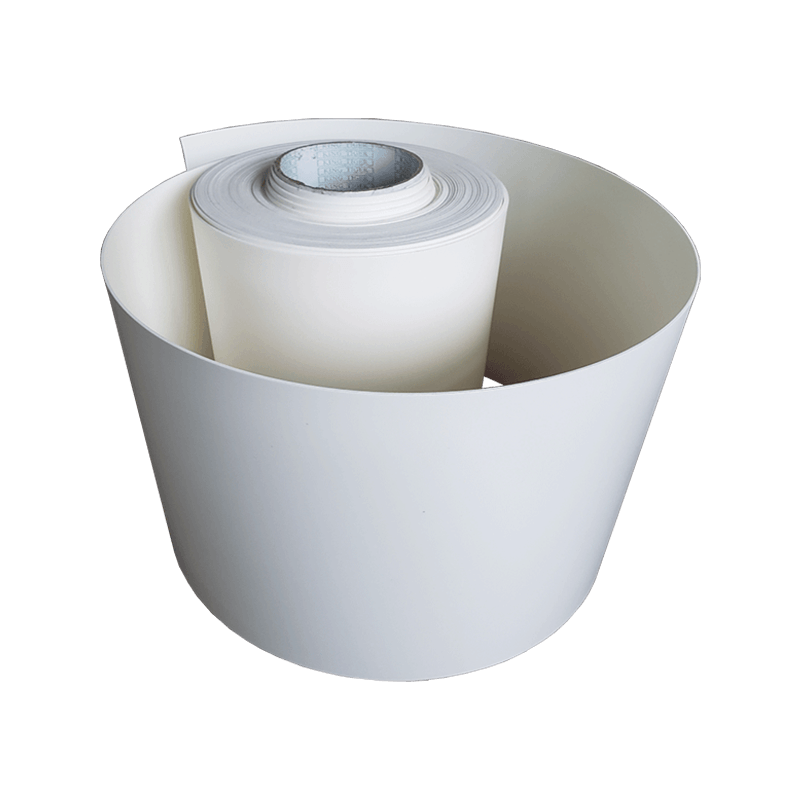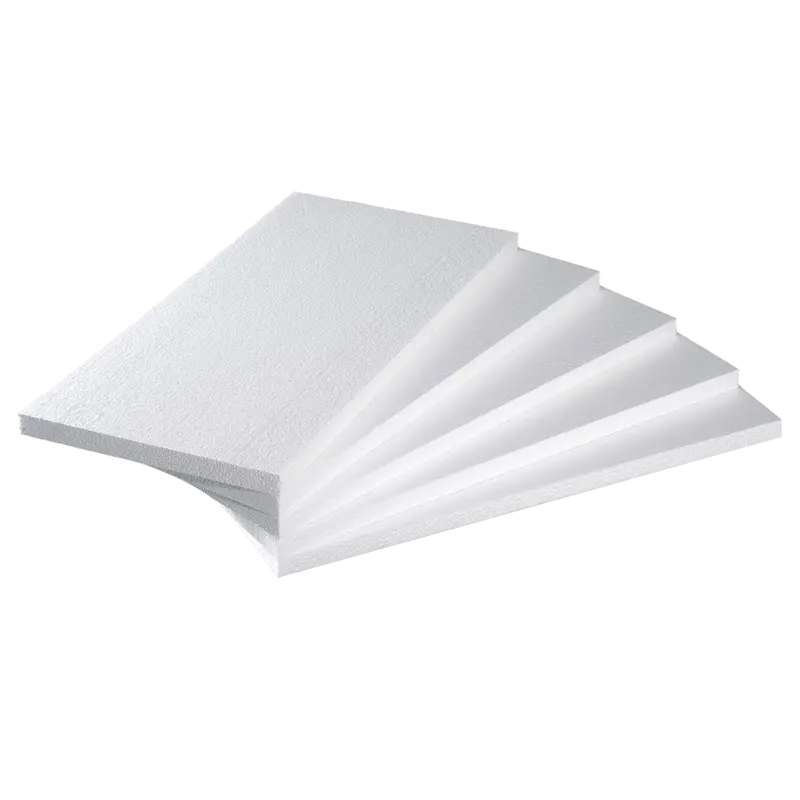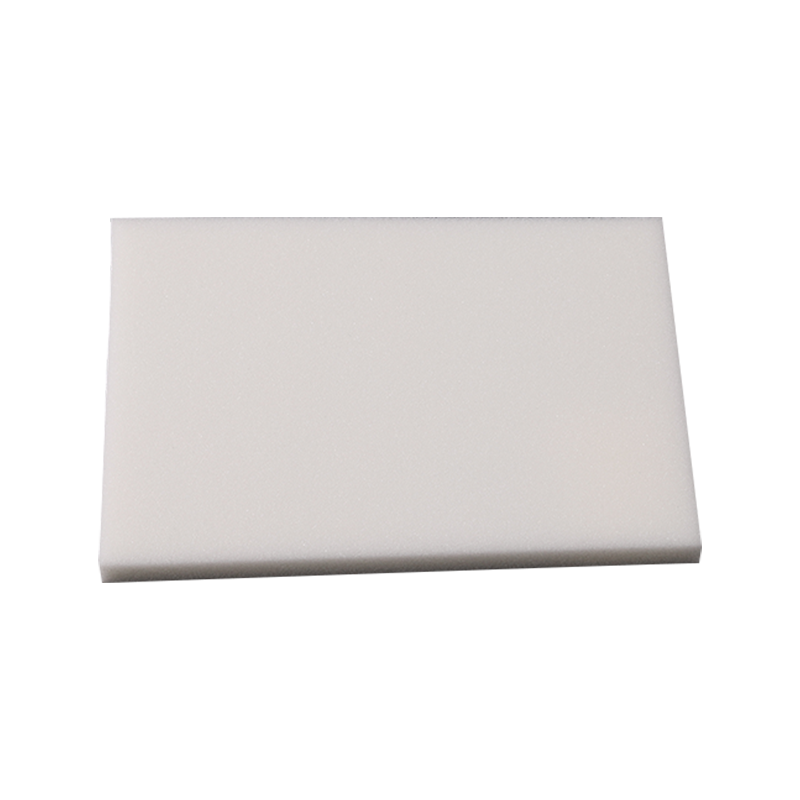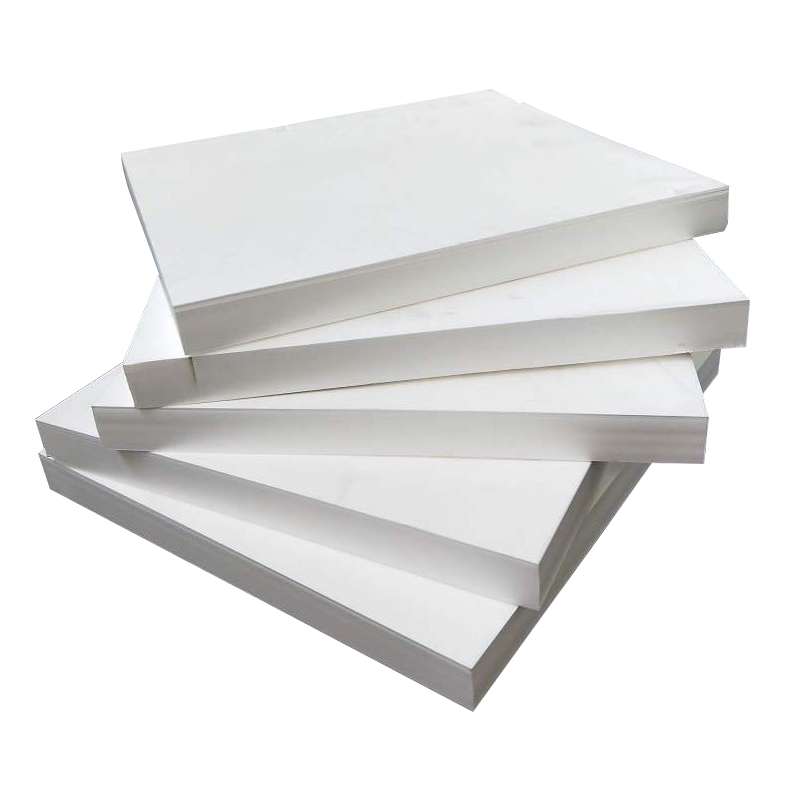M-TPEE foam sheet is a high-performance material known for its excellent flexibility, durability, and resistance to extreme conditions. Its manufacturing process involves several precise steps to ensure consistent quality and performance.
Raw material selection and preparation
The production of M-TPEE foam sheet begins with the selection of high-quality raw materials. M-TPEE (modified thermoplastic polyester elastomer) is the primary polymer used, chosen for its superior mechanical properties and thermal stability. The raw polymer is typically supplied in pellet form, which must be dried before processing to remove any moisture that could affect foam formation. Proper drying is crucial, as residual moisture can lead to defects such as bubbles or uneven cell structure in the final product.
Compounding and additive incorporation
Once the base polymer is prepared, it undergoes compounding, where various additives are mixed to enhance specific properties. Foaming agents, stabilizers, and processing aids are commonly incorporated to control expansion, improve thermal resistance, and ensure uniform cell formation. The exact formulation depends on the intended application of the M-TPEE foam sheet. For instance, flame-retardant additives may be included for use in automotive or construction applications. The compounding process must ensure even dispersion of additives to avoid inconsistencies in the final foam structure.
Extrusion and foaming
The compounded material is then fed into an extruder, where it is melted and homogenized under controlled temperature and pressure. The extrusion process is critical in determining the foam’s density and cell structure. As the polymer melt exits the die, a foaming agent (either chemical or physical) is activated, causing the material to expand. Chemical foaming agents decompose at high temperatures, releasing gases that form bubbles, while physical foaming agents rely on pressurized gases dissolved in the polymer. The expansion must be carefully controlled to achieve the desired thickness and uniformity.
Cooling and stabilization
After foaming, the expanded M-TPEE sheet passes through a cooling stage to solidify its structure. Rapid cooling helps lock in the foam’s cellular architecture, preventing collapse or deformation. Cooling methods may include air jets, water baths, or chilled rollers, depending on the production setup. Proper cooling ensures dimensional stability and maintains the sheet’s mechanical properties.
Calendering and surface finishing
To achieve the desired thickness and surface smoothness, the cooled foam sheet may undergo calendering. This process involves passing the sheet through a series of rollers that compress it to precise dimensions. Calendering also enhances surface finish, making the M-TPEE foam sheet suitable for applications requiring a smooth or textured appearance. Some sheets may undergo additional treatments, such as corona or plasma treatment, to improve adhesion properties for lamination or coating.
Quality control and testing
Before being approved for distribution, the M-TPEE foam sheet undergoes rigorous quality checks. Key parameters tested include density, tensile strength, compression resistance, and thermal stability. Samples are often subjected to environmental tests to ensure performance under extreme temperatures or prolonged exposure to chemicals. Only sheets meeting strict specifications are cleared for shipment.
Cutting and packaging
The final step involves cutting the continuous foam sheet into rolls or panels of specified sizes. Automated cutting machines ensure precision, minimizing material waste. Proper packaging is essential to protect the M-TPEE foam sheet from damage during transit, with materials such as anti-static films or reinforced cartons used depending on the application.
Applications of M-TPEE foam sheet
While this article focuses on manufacturing, it is worth noting that M-TPEE foam sheet is widely used in industries such as automotive, aerospace, and construction due to its lightweight, shock absorption, and thermal insulation properties. Its versatility makes it an ideal choice for gaskets, seals, and vibration-damping components.
The manufacturing of M-TPEE foam sheet is a complex, multi-stage process that demands precision at every step. From raw material preparation to extrusion, foaming, and finishing, each phase contributes to the material’s final performance characteristics. Strict quality control ensures that the end product meets industry standards, making M-TPEE foam sheet a reliable solution for demanding applications.
This structured approach to production guarantees consistency, allowing manufacturers to deliver high-performance foam sheets tailored to various industrial needs.


 English
English
 Español
Español

 ++86-0512-66079229
++86-0512-66079229
